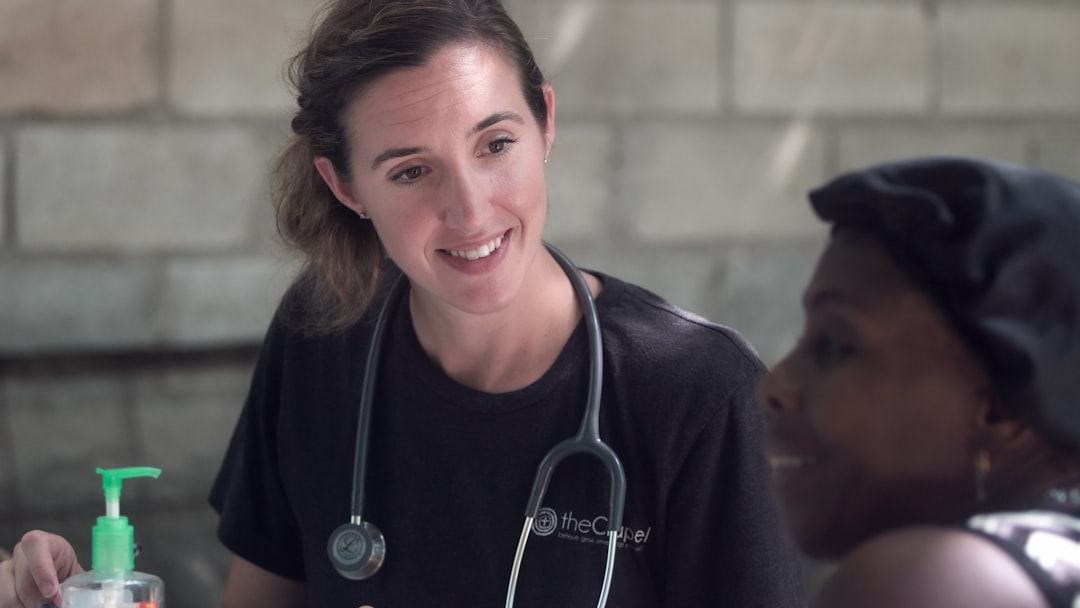What is it about?
BACKGROUND: Rosacea is currently treated according to subtypes. As this does not adequately address the patient spectrum of clinical presentation (phenotypes), it has implications for patient management. The ROSacea COnsensus (ROSCO) panel was established to address this issue. OBJECTIVES: To incorporate current best treatment evidence with clinical experience from an international expert panel and establish consensus to improve outcomes for patients with rosacea. METHODS: 17 dermatologists and three ophthalmologists reached consensus on critical aspects of rosacea treatment and management by a modified Delphi approach by voting on statements: strongly disagree, disagree, agree or strongly agree (consensus ≥75% agree/strongly agree). All voting was electronic and blinded. RESULTS: The panel agreed on phenotype-based treatments for signs and symptoms presenting in individuals with rosacea. First-line treatments were identified for individual major features of transient and persistent erythema, inflammatory papules/pustules, telangiectasia and phyma, underpinned by general skin care measures. Multiple features in an individual patient can be simultaneously treated with multiple agents. If treatment is inadequate given appropriate duration, another first-line option or addition of another first-line agent should be considered. Maintenance treatment depends on treatment modality and patient preferences. Ophthalmological referral for all but the mildest ocular features should be considered. Lid hygiene and artificial tears in addition to medications are used to treat ocular rosacea. CONCLUSIONS: Rosacea diagnosis and treatment should be based on clinical presentation. Consensus is shown for treatment strategies to support this approach.
Featured Image
Perspectives
BACKGROUND: Rosacea is currently treated according to subtypes. As this does not adequately address the patient spectrum of clinical presentation (phenotypes), it has implications for patient management. The ROSacea COnsensus (ROSCO) panel was established to address this issue. OBJECTIVES: To incorporate current best treatment evidence with clinical experience from an international expert panel and establish consensus to improve outcomes for patients with rosacea. METHODS: 17 dermatologists and three ophthalmologists reached consensus on critical aspects of rosacea treatment and management by a modified Delphi approach by voting on statements: strongly disagree, disagree, agree or strongly agree (consensus ≥75% agree/strongly agree). All voting was electronic and blinded. RESULTS: The panel agreed on phenotype-based treatments for signs and symptoms presenting in individuals with rosacea. First-line treatments were identified for individual major features of transient and persistent erythema, inflammatory papules/pustules, telangiectasia and phyma, underpinned by general skin care measures. Multiple features in an individual patient can be simultaneously treated with multiple agents. If treatment is inadequate given appropriate duration, another first-line option or addition of another first-line agent should be considered. Maintenance treatment depends on treatment modality and patient preferences. Ophthalmological referral for all but the mildest ocular features should be considered. Lid hygiene and artificial tears in addition to medications are used to treat ocular rosacea. CONCLUSIONS: Rosacea diagnosis and treatment should be based on clinical presentation. Consensus is shown for treatment strategies to support this approach.
Dr Esther J van Zuuren
Universiteit Leiden
Read the Original
This page is a summary of: Rosacea treatment update: recommendations from the global
ROS
acea
CO
nsensus (
ROSCO
) panel, British Journal of Dermatology, February 2017, Wiley,
DOI: 10.1111/bjd.15173.
You can read the full text:
Contributors
The following have contributed to this page










